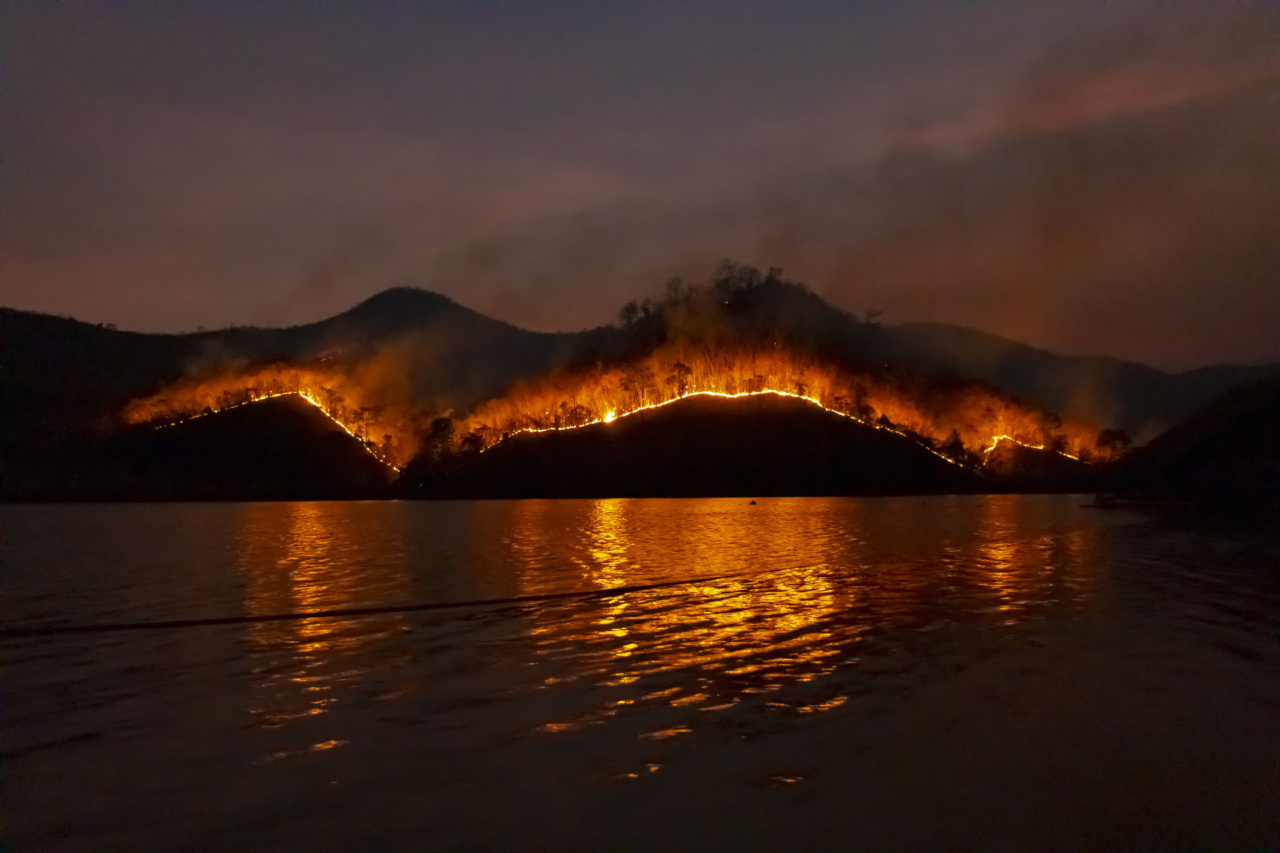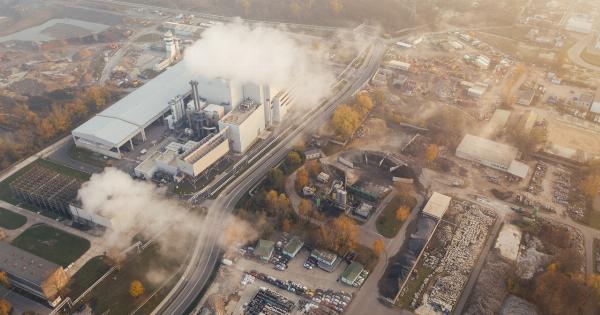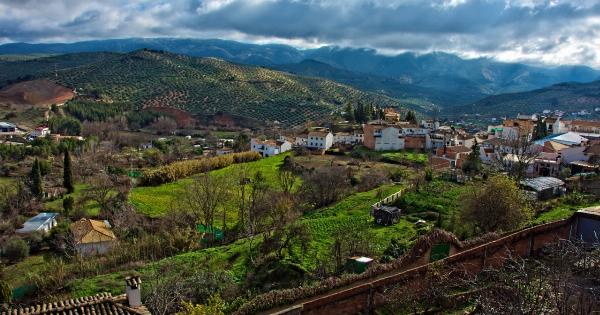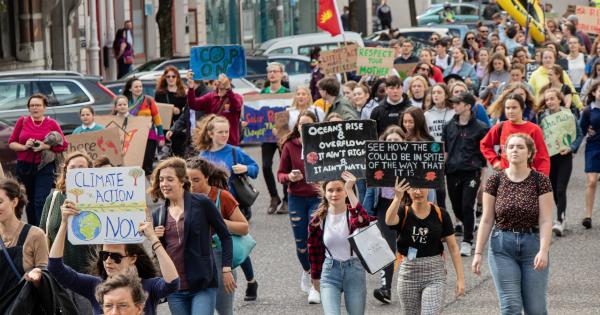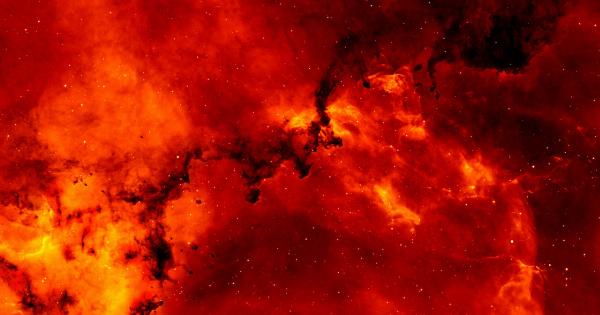Forest fires are becoming more common all around the world, and they can have a devastating impact on the environment, wildlife, homes, and people.
One of the biggest dangers that come with forest fires are the pollutants that are created during the blaze.
Carbon Monoxide (CO)
Carbon Monoxide (CO) is a poisonous gas that is created during a forest fire. It’s an odorless gas that’s produced when wood, leaves, and other organic material burn.
The gas is highly toxic to humans and animals when it’s inhaled in significant amounts.
Inhaling carbon monoxide can lead to headaches, dizziness, nausea, and even death if the levels are high enough. People with heart and respiratory problems are at especially high risk..
Particulate Matter
Particulate matter is a term used to describe the small particles (PM2.5 and PM10) that are created during a forest fire. These particles are tiny bits of soot, ash, and other debris that are released into the air when the fire burns.
When particulate matter is inhaled into the lungs, it can cause respiratory problems, such as asthma attacks, bronchitis, and heart attacks..The particles are so small that they can get deep into the lungs where they can cause the most harm.
Polycyclic Aromatic Hydrocarbons (PAHs)
Polycyclic Aromatic Hydrocarbons (PAHs) are a group of chemicals that are created when organic matter like wood burns. They are highly toxic and are classified as carcinogenic (cancer-causing).
When humans inhale PAHs, they can cause lung cancer and other respiratory problems. These chemicals can also be harmful to animals and aquatic life in the surrounding area..
Toluene
Toluene is a chemical that’s commonly found in gasoline and is also created during forest fires. It’s a highly toxic chemical that can cause a variety of health problems when inhaled.
When toluene is inhaled, it can cause headaches, dizziness, drowsiness, and even unconsciousness. Long-term exposure to toluene has been linked to kidney and liver damage..
Formaldehyde
Formaldehyde is a colorless gas that’s found in most homes and is also created during a forest fire. It’s a toxic gas that can cause eye irritation, respiratory problems, and even cancer.
Exposure to formaldehyde can cause a variety of health problems, including asthma, allergies, and even cognitive impairment in children..
Hydrogen Cyanide (HCN)
Hydrogen Cyanide (HCN) is a toxic gas that’s created during a forest fire. It’s an extremely toxic gas that can cause death within minutes if inhaled in high quantities.
HCN can cause breathing difficulties, headaches, and in severe cases, seizures and even cardiac arrest..
Methane
Methane is a highly flammable gas that’s created during forest fires. It’s a greenhouse gas that contributes to climate change and can also be explosive in high concentrations.
While methane doesn’t pose an immediate threat to human health, it can have long-term impacts on the environment..
Nitrogen Oxides (NOx)
Nitrogen Oxides (NOx) are a group of gases that are created during a forest fire. These gases include nitric oxide (NO) and nitrogen dioxide (NO2). They can cause respiratory problems and contribute to the formation of smog.
NOx can cause coughing, wheezing, and shortness of breath. Long-term exposure to these gases can lead to respiratory problems like asthma and bronchitis..
Sulfur Dioxide (SO2)
Sulfur Dioxide (SO2) is a gas that’s created during a forest fire. This gas is highly toxic and can cause various respiratory problems.
Exposure to SO2 can cause wheezing, coughing, and shortness of breath. People with pre-existing heart and lung problems are at high risk of developing severe complications from exposure to S02..
Conclusion
Forest fires are becoming more frequent and more severe, and they pose a significant threat to our health and the environment.
The pollutants that are created during a forest fire can have a lasting impact on the air quality and can cause a variety of health problems. It’s important to take precautions and protect yourself from these dangerous pollutants in the event of a forest fire.
